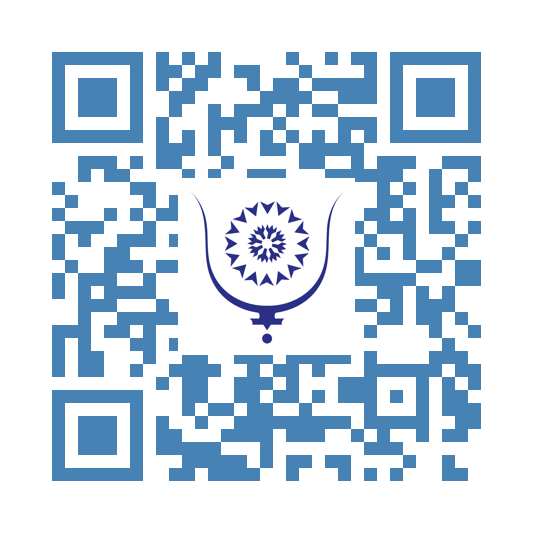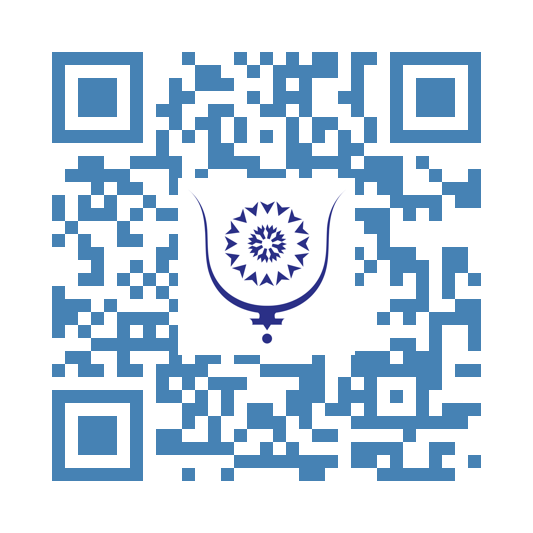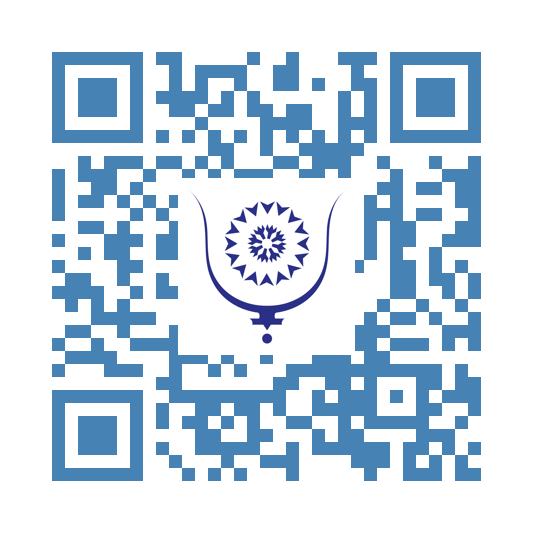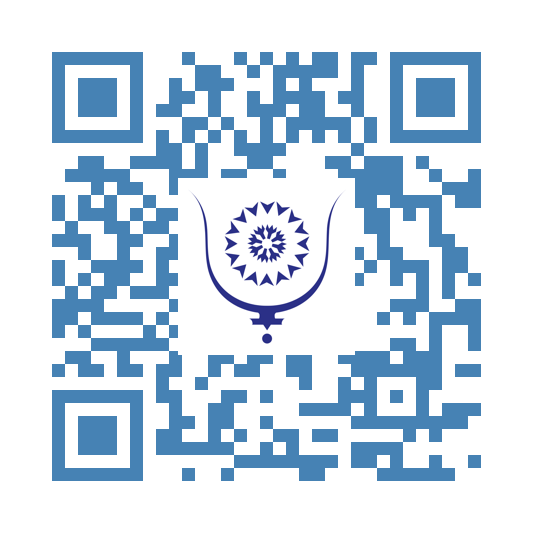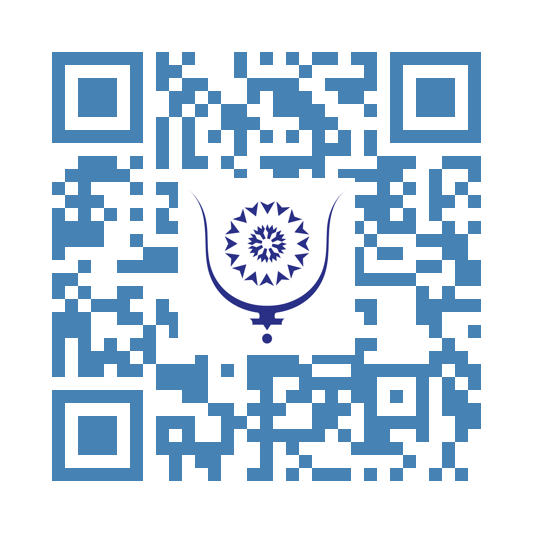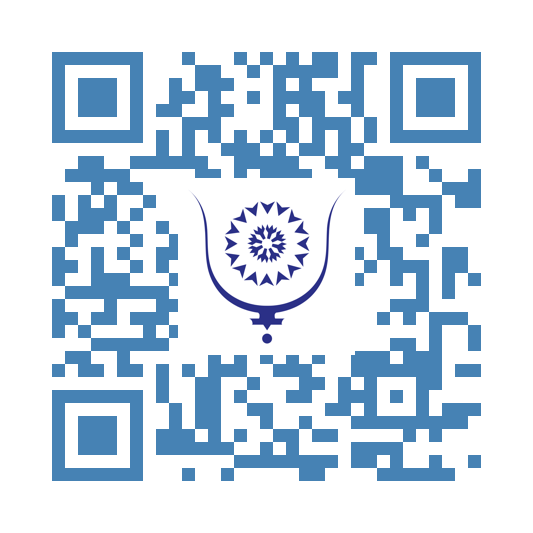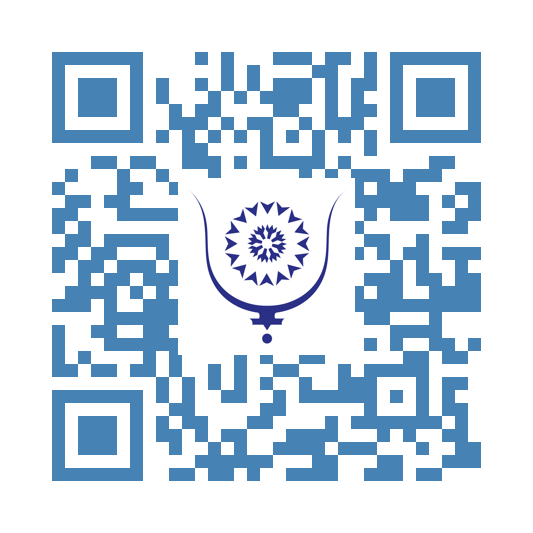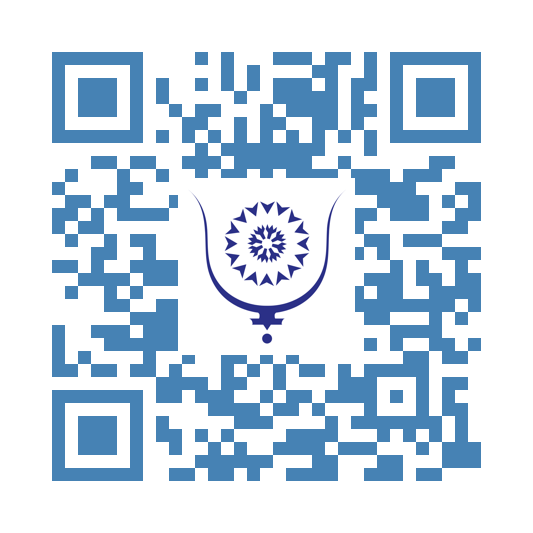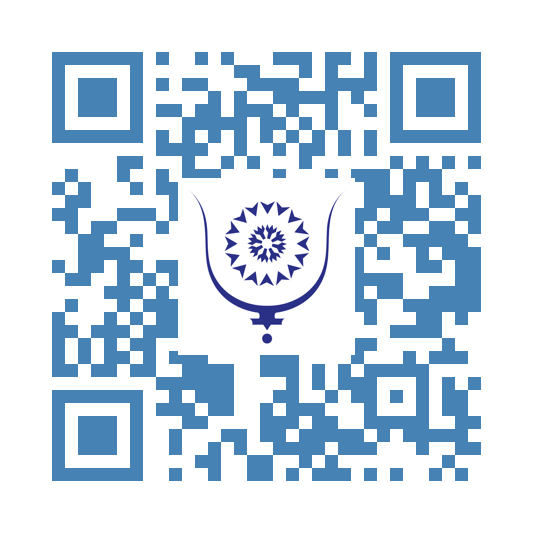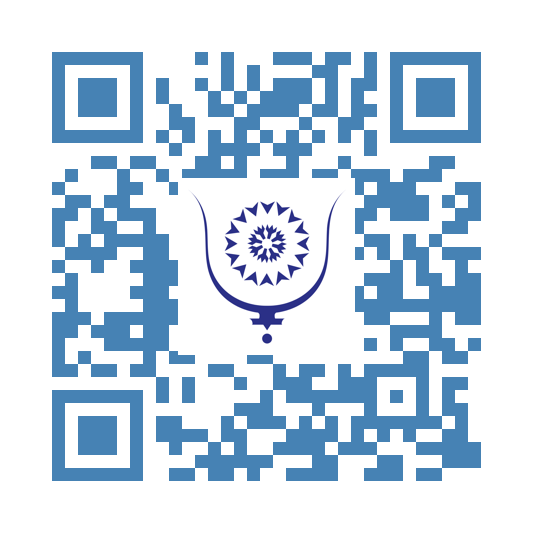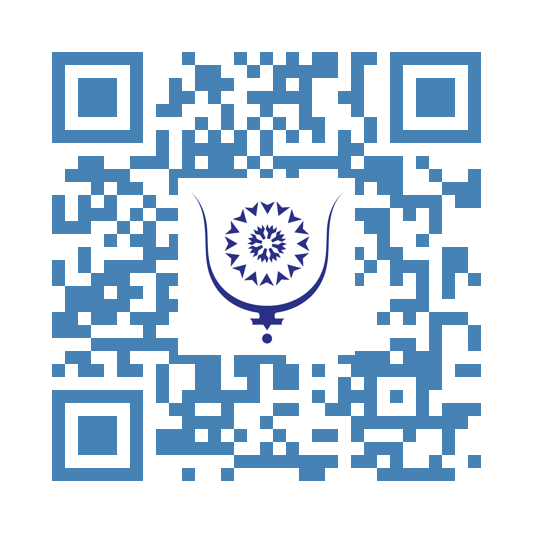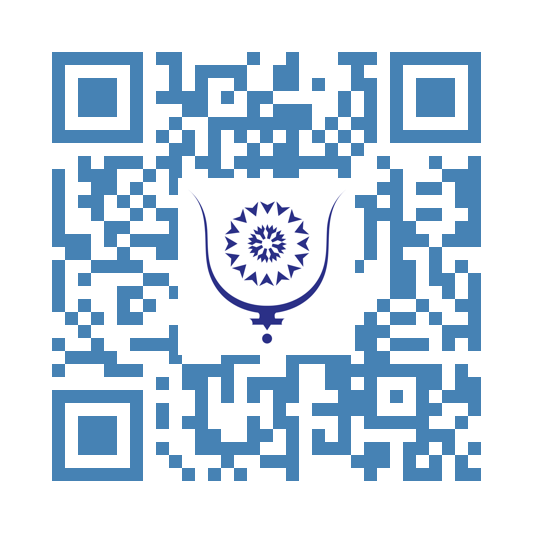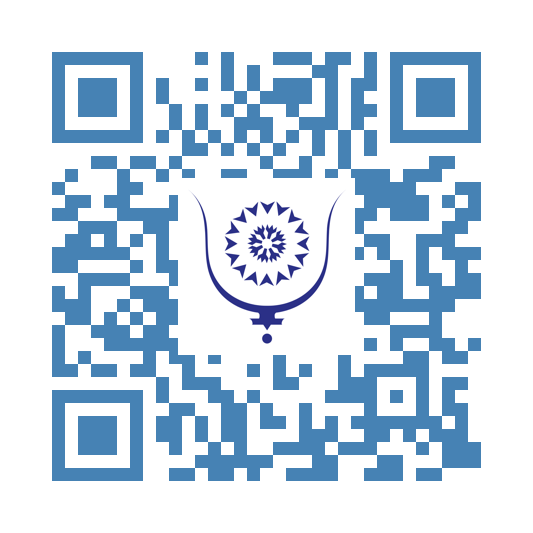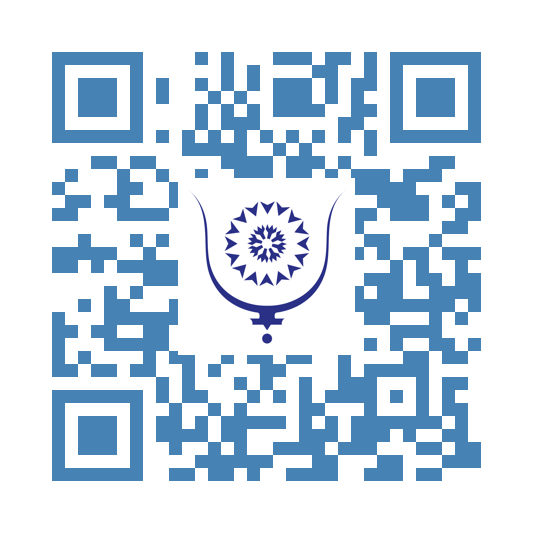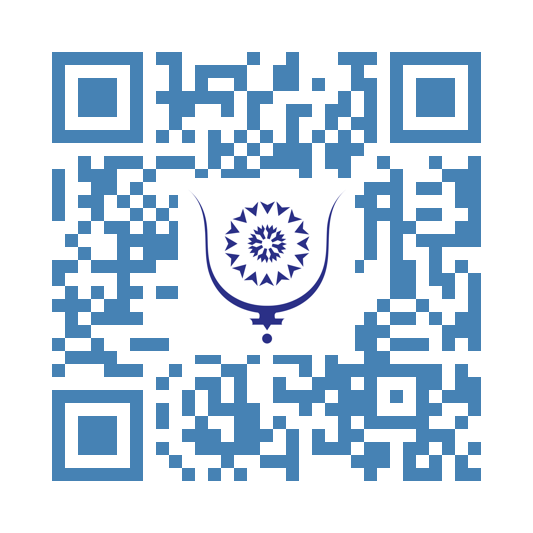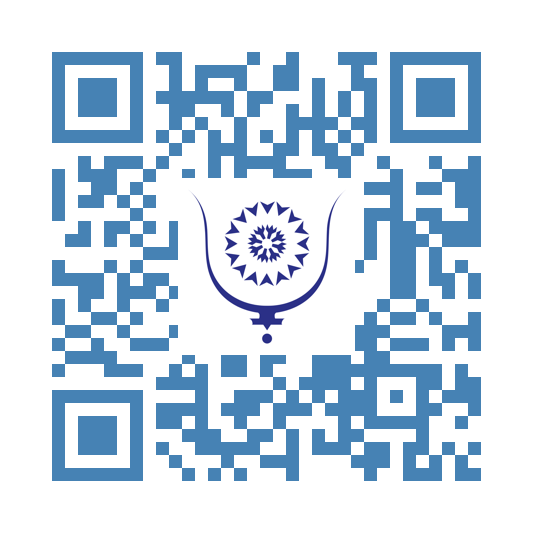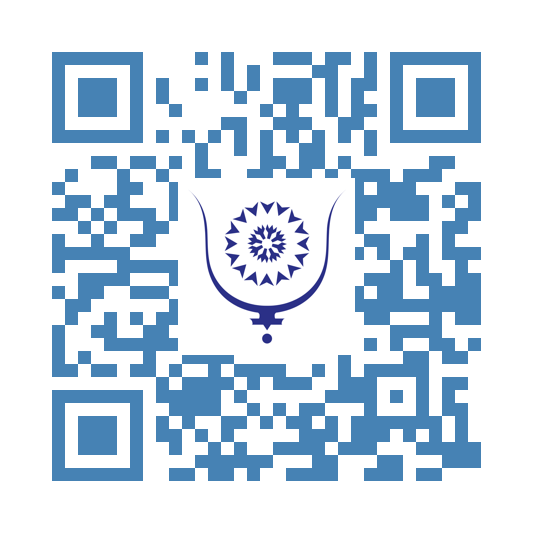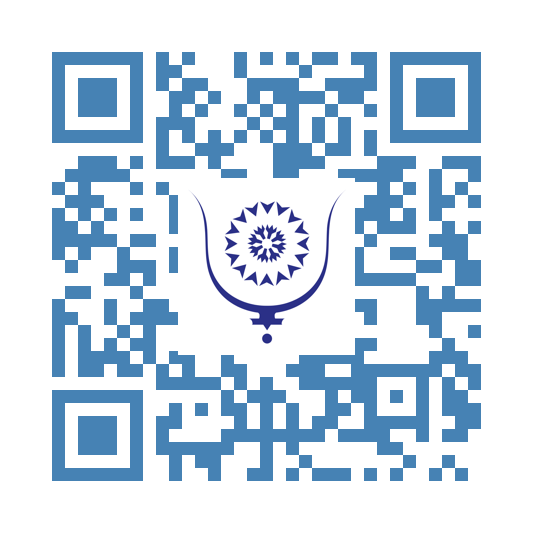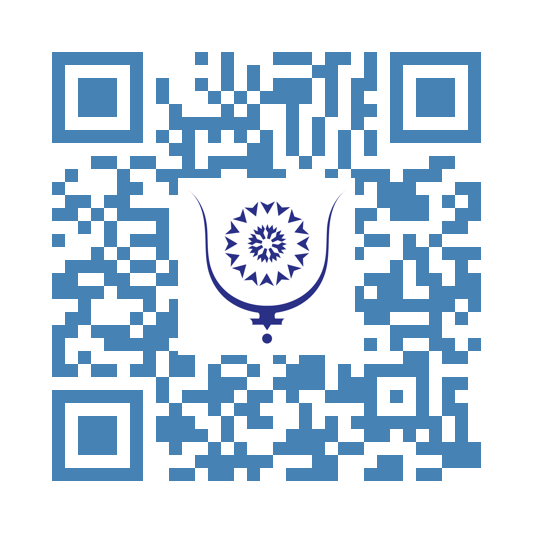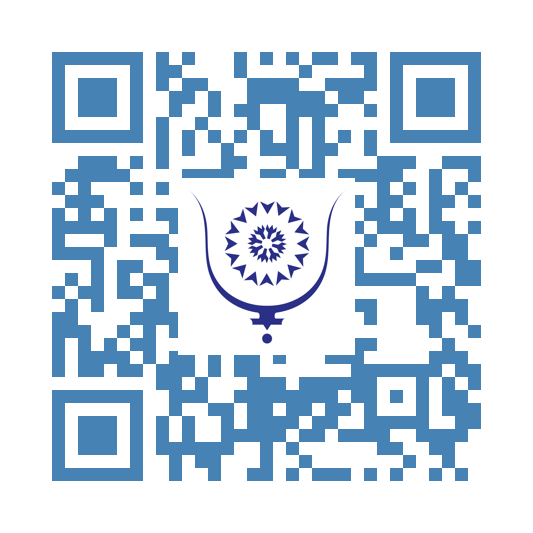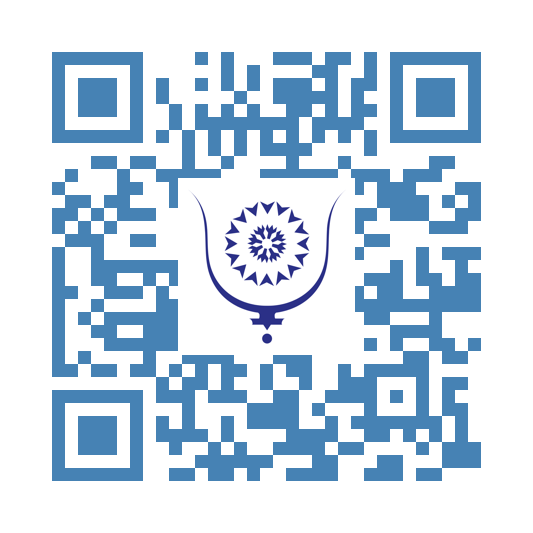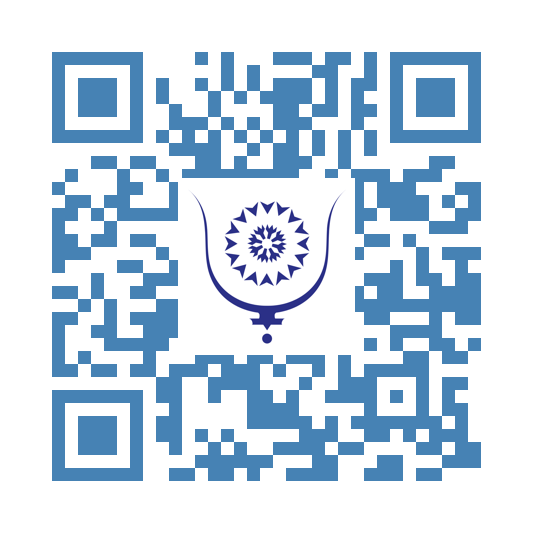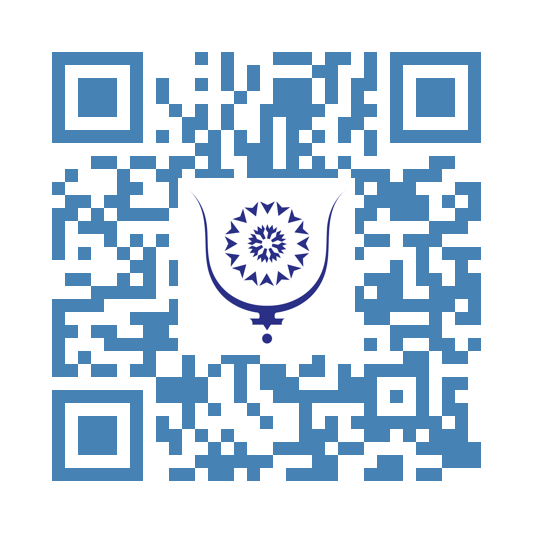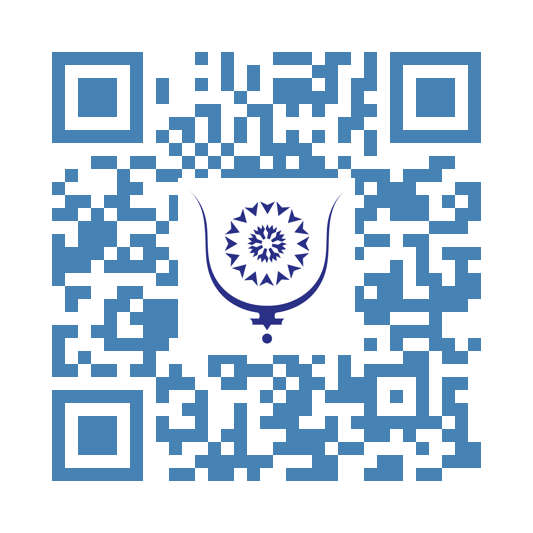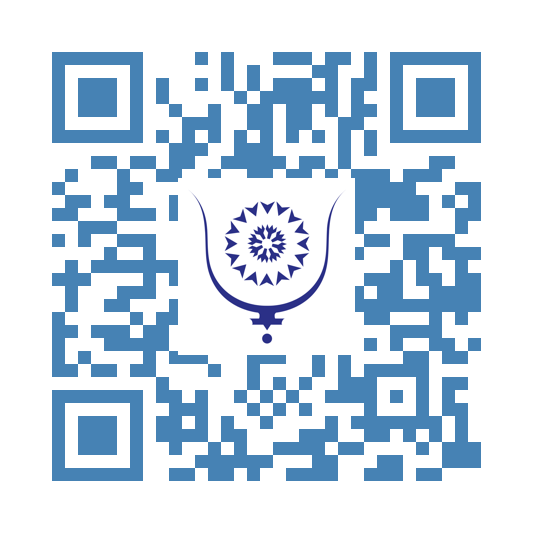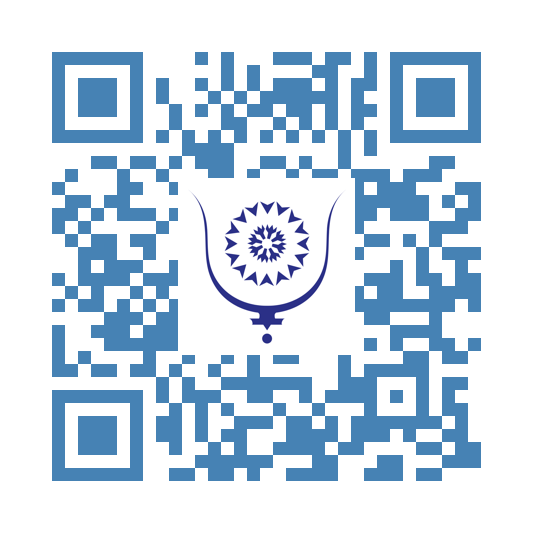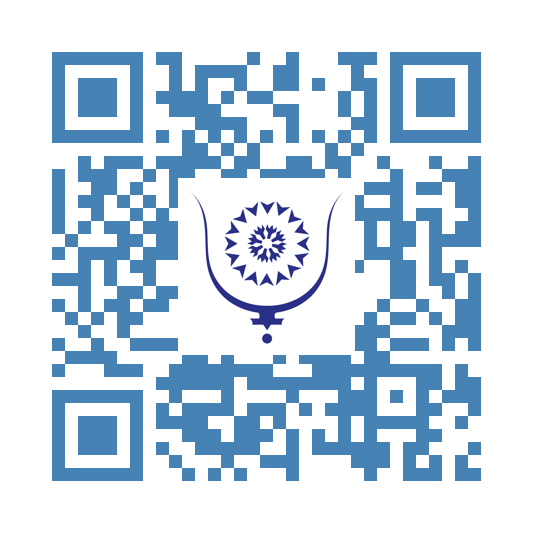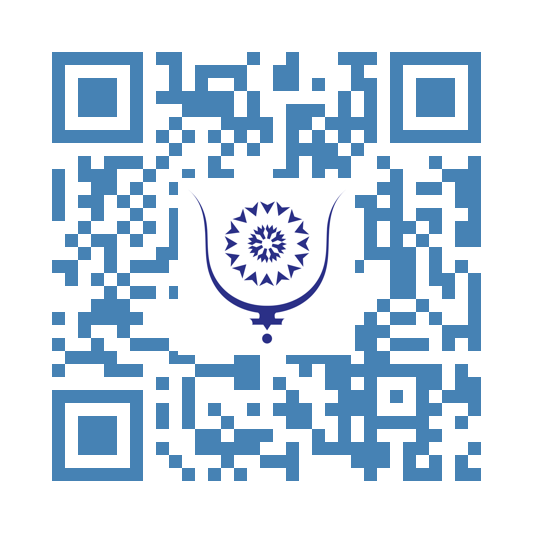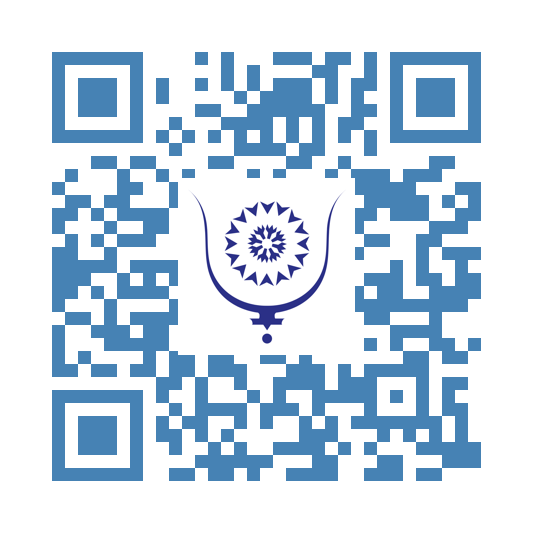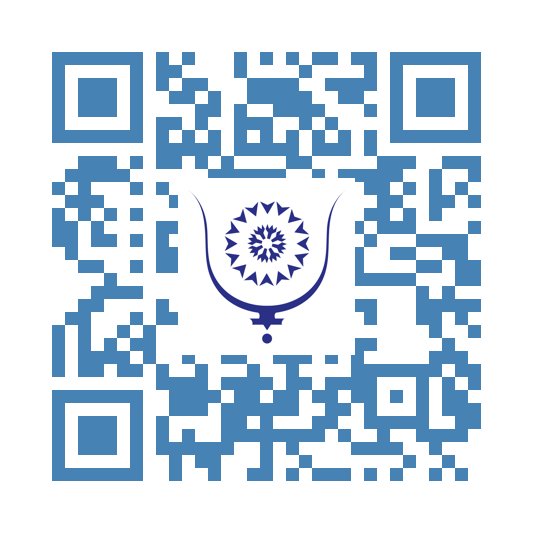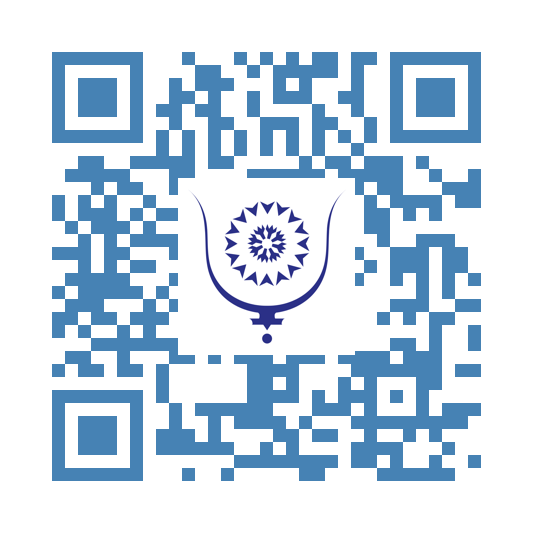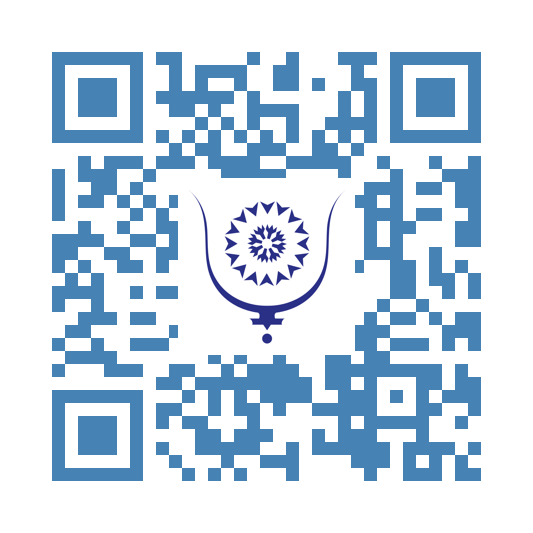Les mycotoxines : la menace invisible dans notre chaîne alimentaire 3105
Les mycotoxines sont des composés toxiques produits naturellement par certains types de moisissures (champignons) se développant sur de nombreuses denrées alimentaires telles que les céréales, les fruits séchés, les fruits secs oléagineux et les épices. Ils posent des risques sérieux pour la santé humaine et animale.
Les mycotoxines ont la particularité de pouvoir se développer dans les champs, lorsque les conditions climatiques sont favorables (chaleur et humidité importantes) ; et après récolte, pendant le stockage des denrées alimentaires.
On connaît plusieurs centaines types de mycotoxines. Les aflatoxines, la patuline, les fumonisines, la zéaralénone et le nivalénol/déoxynivalénol sont ceux qui sont les plus souvent observées et qui présentent un danger pour la santé humaine et celle des animaux d’élevage
LES MYCOTOXINES RESISTENT A LA CUISSON
La plupart des mycotoxines sont chimiquement stables et résistent ainsi au traitement des aliments et notamment à la cuisson et aux processus de transformation. Aussi, si des mycotoxines sont hébergées dans des céréales, elles subsisteront dans les pâtes, les farines ou le pain issu de ces graines, quand bien même que les moisissures auraient totalement disparu. Par ailleurs, l’exposition aux mycotoxines peut être également indirecte en consommant les produits des animaux nourris avec des aliments contaminés, notamment lait et viande.
EFFETS NEFASTES DES MYCOTOXINES
Certaines mycotoxines comme les aflatoxines, les ochratoxines et les fumonisines, sont particulièrement problématiques car fréquemment présentes dans l’alimentation et toxiques même à faible dose.
Les aflatoxines, qui font partie des mycotoxines les plus toxiques et sont produites par certaines moisissures , se développant sur le sol, la végétation en décomposition, le foin et les graines. Les récoltes souvent touchées par cette mycotoxine sont les céréales (maïs, sorgho, blé et riz), les graines oléagineuses (soja, arachide, tournesol et coton), les épices (piments, poivre noir, coriandre, curcuma et gingembre) et les fruits secs oléagineux (pistache, amande, noix, noix de coco, noix du Brésil).
Certains effets des aflatoxines sont aigus en entraînant des symptômes graves survenant rapidement après la consommation des produits contaminés pouvant mettre la vie du patient en danger, en général à cause des lésions hépatiques. D’autres effets se voient sur le long terme tels l’induction de cancers ou des déficiences immunitaires. En effet, on a montré que les aflatoxines peuvent abîmer l’ADN et provoquer des cancers chez l’animal et peuvent causer des cancers hépatiques chez l’être humain.
La patuline une autre mycotoxine est souvent retrouvée dans les pommes en train de pourrir. Les pommes et les jus de pommes préparés avec des fruits contaminés sont la principale source de patuline dans l’alimentation humaine. Chez l’homme, on a signalé des nausées, des troubles digestifs et des vomissements. On considère que la patuline est génotoxique mais son potentiel cancérogène n’a pas encore été démontré.
LES MYCOTOXINES EN AFRIQUE
La présence de mycotoxines dans l’alimentation est un problème de santé publique majeur qui nécessite une attention urgente.
Au Maroc comme dans la plupart des pays africains, la réutilisation des produits de boulangerie rassis ou durs (pain, crêpes, biscuits… ) comme aliments pour animaux est très répandue parmi les éleveurs. Les conditions de stockage souvent déplorables de ces produits rassemblent les conditions nécessaires à la prolifération des moisissures potentiellement toxiques.
Sur le plan individuel, lorsque le pain est moisi, il est important de le jeter de manière appropriée pour éviter la propagation des spores de moisissures. Idéalement, le pain moisi doit être emballé dans un sac en plastique fermé hermétiquement avant d’être jeté à la poubelle. Cela aide à empêcher la dispersion des spores de moisissures dans la cuisine ou dans l’environnement extérieur.
En cas de signes de moisissure, Il est préférable de jeter tout le pain, car les spores de moisissures peuvent être présentes même là où la moisissure n’est pas visible à l’œil nu.
Casablanca, le 2 mai 2024
Dr MOUSSAYER KHADIJA, Spécialiste en médecine interne et en Gériatrie en libéral à Casablanca, Présidente de l’Alliance des Maladies Rares au Maroc (AMRM) et de l’association marocaine des maladies auto-immunes et systémiques (AMMAIS)
POUR EN SAVOIR PLUS : Explications supplémentaires sur,les mycotoxines, Bibliographie
DES EXPLICATIONS SUPPLEMENTAIRES SUR LES MYCOTOXINES (SOURCE WIKIPEDIA)
Les toxines se retrouvent dans le mycélium et les spores des champignons et se diffusent ensuite dans leur environnement qu'elles contaminent même après la destruction du champignon responsable de leur production. Ces substances font partie de leur arsenal chimique de défense contre des concurrents indésirables (bactéries, autres champignons, ou animaux)
La prévention de la contamination des matières premières par des mycotoxines peut consister en l’utilisation de fongicides (un produit phytosanitaire conçu pour éliminer ou limiter le développement des champignons parasites des végétaux) inhibant la croissance des moisissures, ou la sélection génétique de plantes résistantes à l’invasion. À cela s'ajoutent les soins apportés lors du stockage (séchage, contrôle de la température, de l’humidité et de l’oxygénation dans les silos)
En l'état actuel des connaissances scientifiques et techniques, on ne sait cependant pas empêcher complètement le développement des moisissures. En conséquence, la présence de mycotoxines dans les denrées alimentaires ne peut être totalement éliminée. Cette présence est par ailleurs fortement dépendante des conditions climatiques, et donc variable selon les années.
La seule prévention possible est donc d'écarter de la chaîne alimentaire les aliments « trop » contaminés. En fixant le « trop » au niveau adéquat, ce qui n'a rien d'évident entre les réactions des producteurs (considérant les normes comme toujours trop dures) et les exigences sécuritaires (normes toujours trop tolérantes). Sachant que plus le niveau d'exigence est élevé, plus les coûts augmentent et moins le bénéfice sanitaire est sensible (par rapport à un niveau d'exigence plus faible mais déjà efficace).
Dans l'Union européenne, les normes concernant les mycotoxines les plus courantes sont fixées par le Règlement 1881/2006
BIBLIOGRAPHIE
- Principaux repères sur la mycotoxine, Organisation Mondiale de la Santé, 2 octobre 2023
https://www.who.int/fr/news-room/fact-sheets/detail/mycotoxins
- Les mycotoxines, ANSES - Agence Nationale de Sécurité Sanitaire de l'Alimentation,
https://www.anses.fr/fr/content/les-mycotoxines
- Mycotoxines, EFSA - European Food Safety Authority
https://www.efsa.europa.eu/fr/topics/topic/mycotoxins
- Mycotoxine, Wikipédia
https://fr.wikipedia.org/wiki/Mycotoxine

